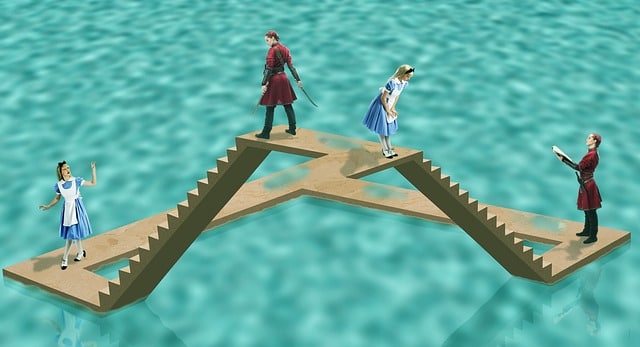Seizure Disorders can be Triggered by Your Web Content
Some people are susceptible to seizures caused by strobing, flickering, or flashing effects. This kind of seizure is sometimes referred to as a photoepileptic seizure. When pulses of light interact with the eye’s light-receptive neurons and the body’s central nervous system a seizure can be triggered.
Most web content is completely harmless to individuals with photoepileptic tendencies. Even most animations, videos, moving text, and Flash objects do not present any danger.
However, some developers insist on dramatic effects of flashing or flickering lights and strobe-like effects. Science-fiction style Flash objects, horror movie previews, and cheap-looking banner ads are among the worst offenders.
Maybe the creators of these effects are going for the “cool” effect with little consideration about how some visitos might be negatively impacted. Developers should ensure that their content does not have strobing, flickering, or flashing effects.
What Constitutes Strobing, Flickering or Flashing?
The Web Content Accessibility Guidelines outline specific thresholds for size, frequency, intensity or contrast of the flashes, and red color. In general, if the content flashes more than three times per second, and has bright contrast in the flashes, it may cause a seizure and should be avoided.
Of note is that Section 508 prohibits flickering effects with a frequency greater than 2 Hz and lower than 55 Hz. While very little content in web pages would exceed the WCAG thresholds, online video sometimes presents special effects that do meet them.
Below are links to several examples:
Warning: The following examples are BAD examples! Do not follow these links if you think you might be susceptible to photoepileptic seizures.
- A strobing, flickering image
- An optical illusion image (the lines appear to be in motion)
Vestibular Disorders
Even if an animating or moving object does not cause a seizure, it may cause nausea or dizziness in some people. Vestibular Disorders are caused by parts of the inner ear and brain that control balance and eye movements. As many as 35% of adults aged 40 years or older in the United States have experienced some form of vestibular dysfunction.
While not as serious of a health risk as a full-blown seizure, having users associate your web site with feelings of illness or dizziness is probably not the best design decision. Make your visitors feel ill and user satisfaction and repeat visits will definitely suffer. In some instances, an image does not even need to move to cause these effects.
The following items can result in difficulties for users with vestibular disorders:
- High contrast graphics with tight parallel lines.
- Animated scrolling that lasts longer than perhaps 1/4 second.
- Parallax or reverse parallax – simultaneous foreground and background scrolling in different directions or at different speeds.
- Moving images beneath static text.
Consider the Consequences Before Using Animated Images
Because of the potentially serious nature of seizures, developers should be extra careful to avoid any graphics, animations, movies, or other objects which have strobing, flickering, or flashing effects. Developers should also avoid graphics which may induce nausea or dizziness, or that may be distracting.




